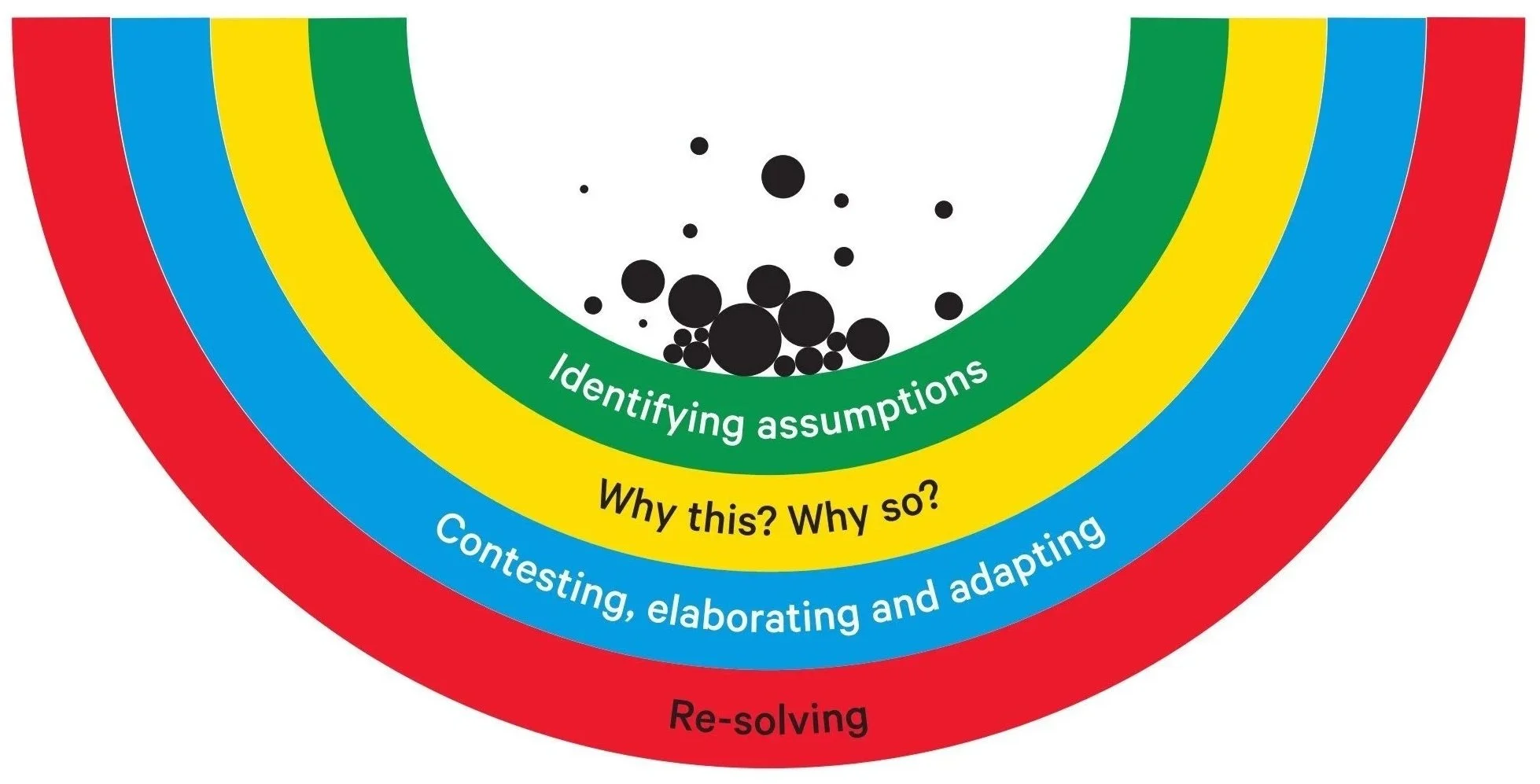What are the 4Cs?
What is Critical Reflection?
Critical Reflection
Critical reflection allows individuals to stand “one step back” and analyse knowledge in terms of power and agency.
It depends on strong foundations of social and emotional learning that fosters self-understanding. While self-understandings are often based in personal subjectivities, coming to see these subjectivities, to assess them and learn about biases is inherent in the critical reflection process.
The Critical Reflection Crucible
“In this coherence maker, we imagine critical reflection as a crucinle to emphasize the need to test and ‘fire’ knowledge against the heat of our reflections, and the reflections of others, ensuring what emerges is not tainted with extraneous materials, but has integrity.”
Transforming Schools, Pg97
How to teach and support Critical Reflection
in classrooms, staff rooms and school communities
In their book Transforming Schools, Jefferson and Anderson discuss incorporating critical reflection into learning design across educational subjects.
“Critical reflection has been consistently employed in adult learning and particularly pre-service learning for teachers....While we agree [this should be] an essential component of adult learning, we have not yet seen a reason why this approach could not or should not be applied to school education.”

